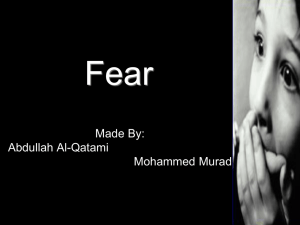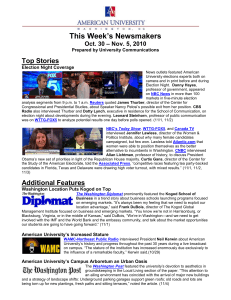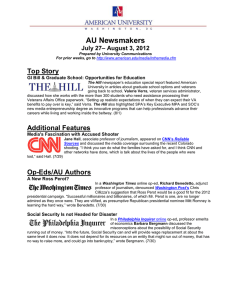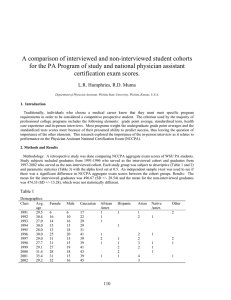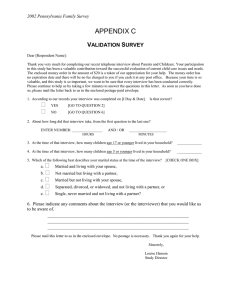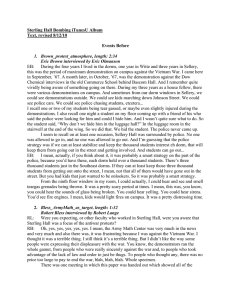Sustainable Living-Learning Community Introduction
advertisement
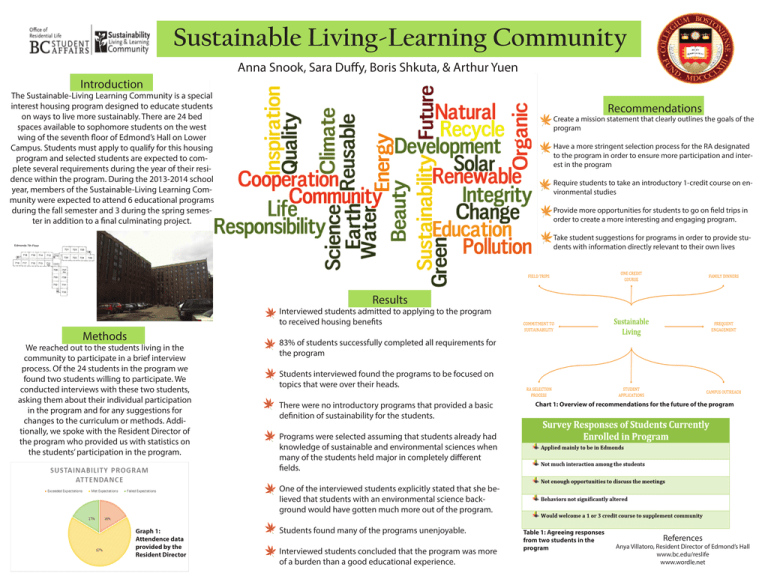
Sustainable Living-Learning Community Anna Snook, Sara Duffy, Boris Shkuta, & Arthur Yuen Introduction The Sustainable-Living Learning Community is a special interest housing program designed to educate students on ways to live more sustainably. There are 24 bed spaces available to sophomore students on the west wing of the seventh floor of Edmond’s Hall on Lower Campus. Students must apply to qualify for this housing program and selected students are expected to complete several requirements during the year of their residence within the program. During the 2013-2014 school year, members of the Sustainable-Living Learning Community were expected to attend 6 educational programs during the fall semester and 3 during the spring semester in addition to a final culminating project. Recommendations Create a mission statement that clearly outlines the goals of the program Have a more stringent selection process for the RA designated to the program in order to ensure more participation and interest in the program Require students to take an introductory 1-credit course on environmental studies Provide more opportunities for students to go on field trips in order to create a more interesting and engaging program. Take student suggestions for programs in order to provide students with information directly relevant to their own lives Results Interviewed students admitted to applying to the program to received housing benefits Methods We reached out to the students living in the community to participate in a brief interview process. Of the 24 students in the program we found two students willing to participate. We conducted interviews with these two students, asking them about their individual participation in the program and for any suggestions for changes to the curriculum or methods. Additionally, we spoke with the Resident Director of the program who provided us with statistics on the students’ participation in the program. 83% of students successfully completed all requirements for the program Students interviewed found the programs to be focused on topics that were over their heads. There were no introductory programs that provided a basic definition of sustainability for the students. Chart 1: Overview of recommendations for the future of the program Programs were selected assuming that students already had knowledge of sustainable and environmental sciences when many of the students held major in completely different fields. One of the interviewed students explicitly stated that she believed that students with an environmental science background would have gotten much more out of the program. Graph 1: Attendence data provided by the Resident Director Students found many of the programs unenjoyable. Interviewed students concluded that the program was more of a burden than a good educational experience. Table 1: Agreeing responses from two students in the program References Anya Villatoro, Resident Director of Edmond’s Hall www.bc.edu/reslife www.wordle.net


